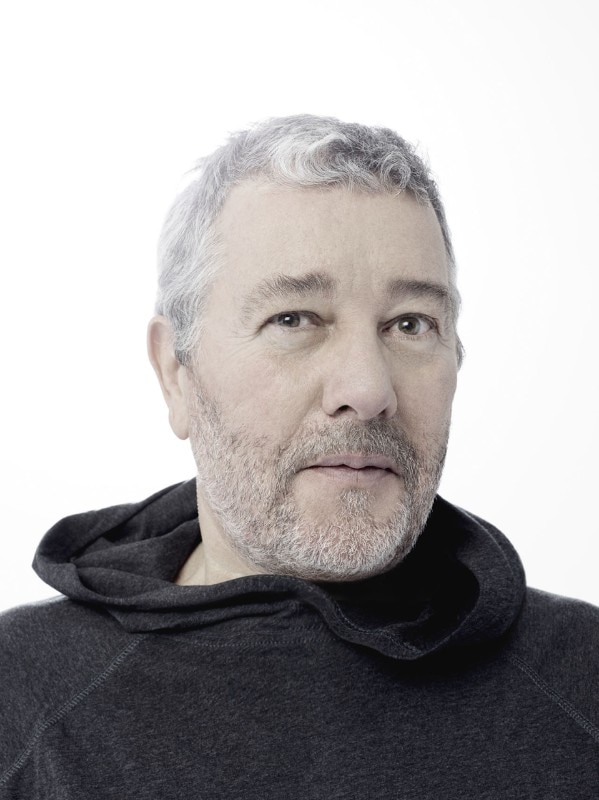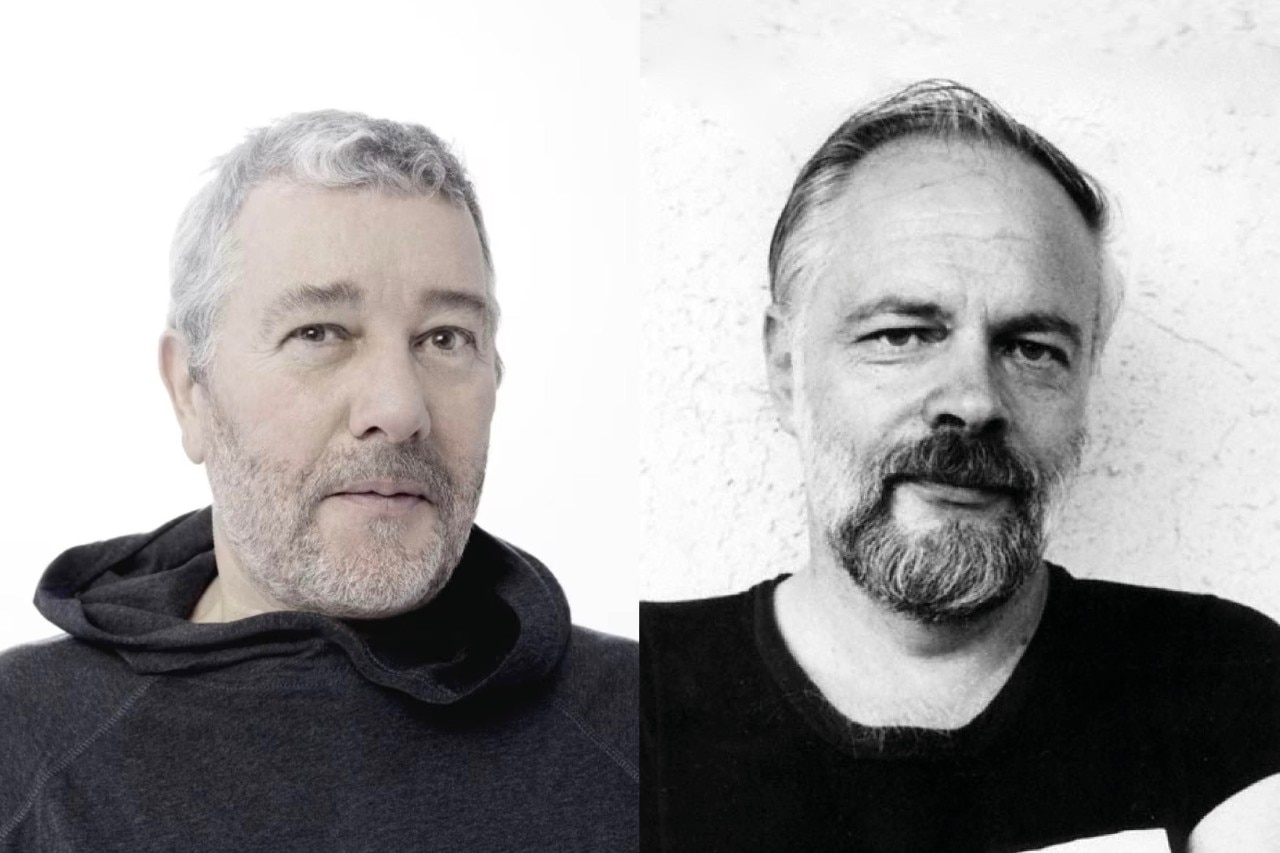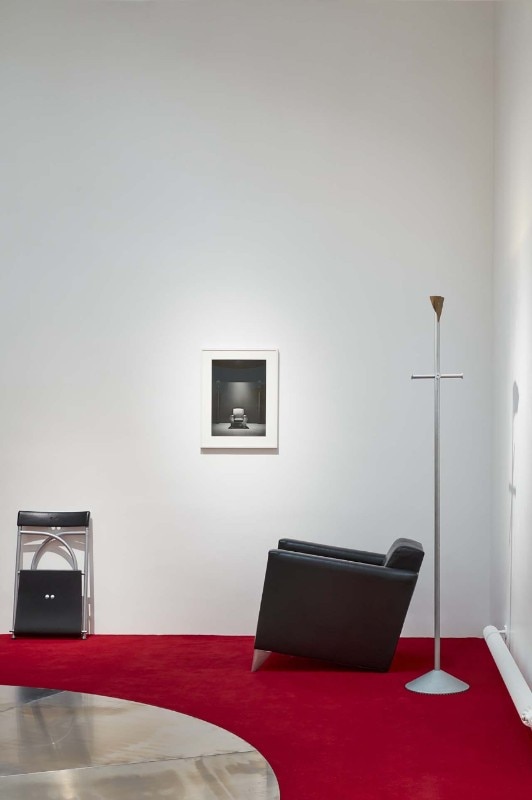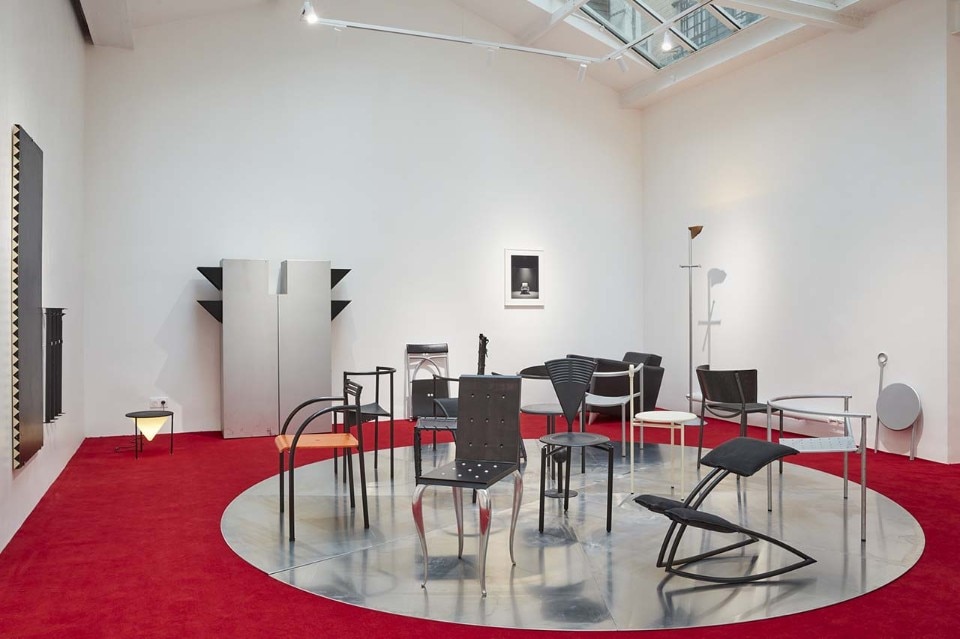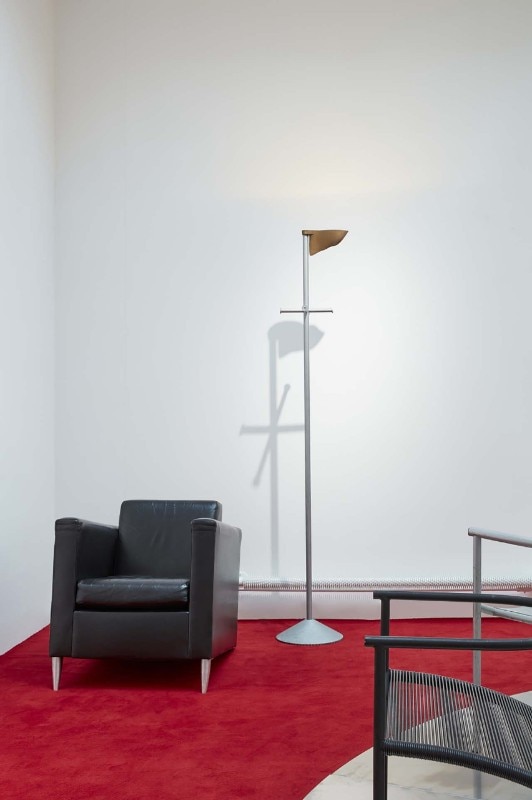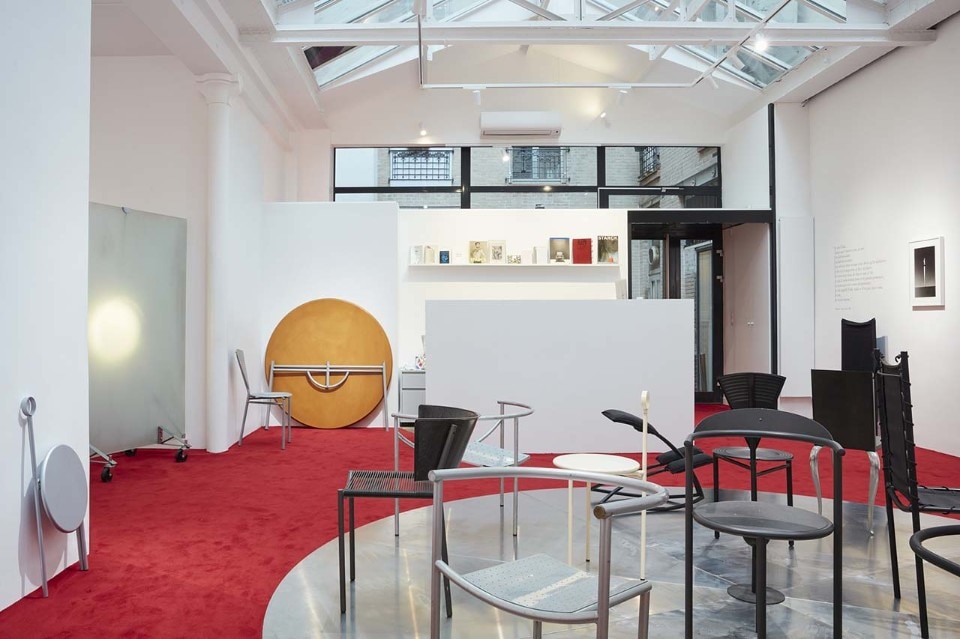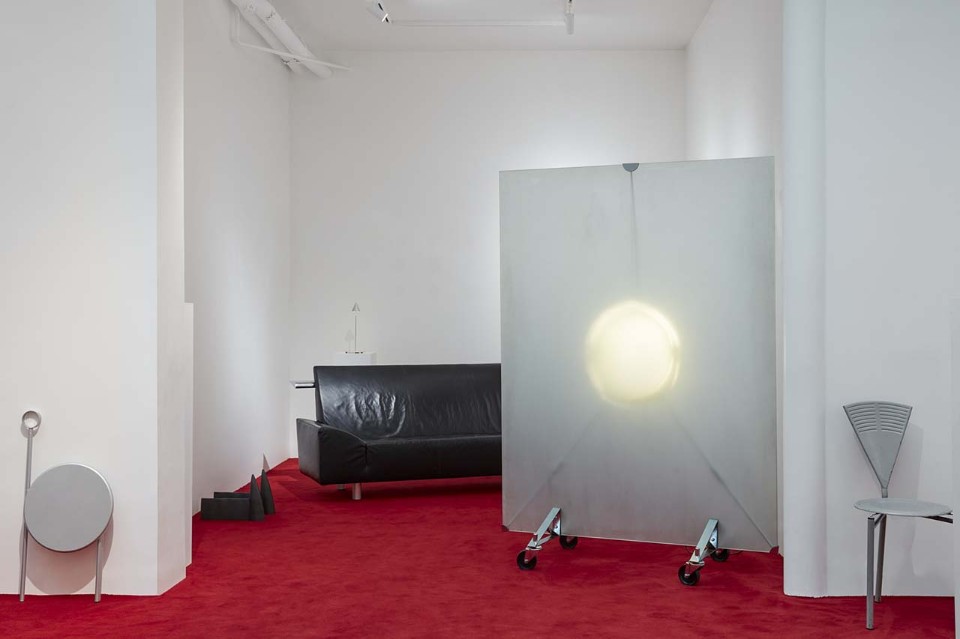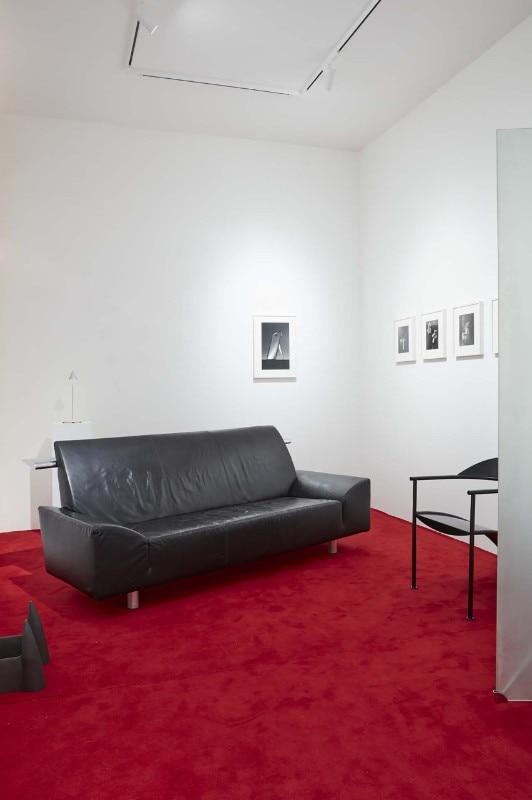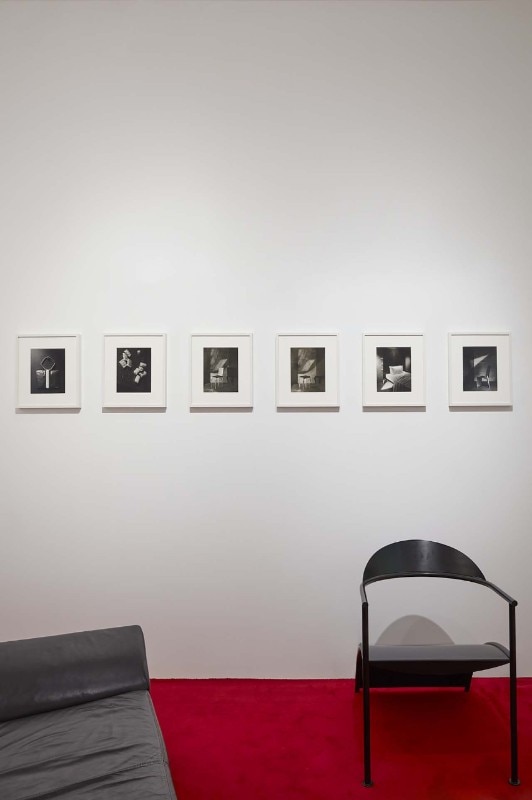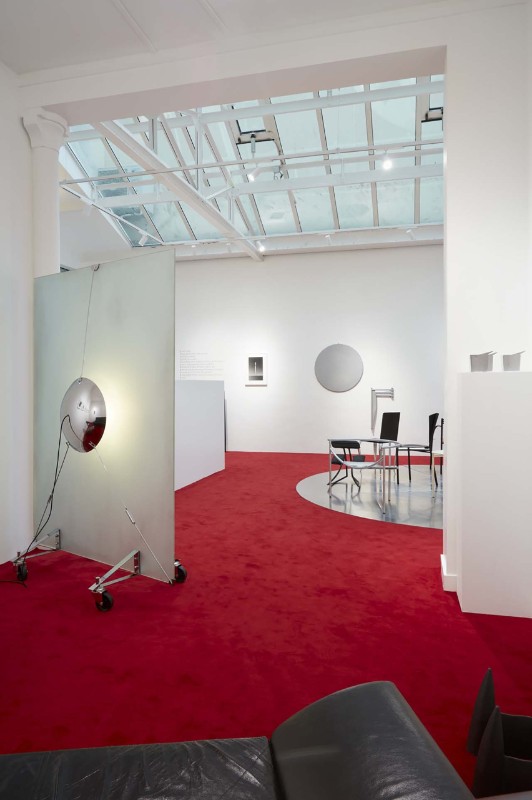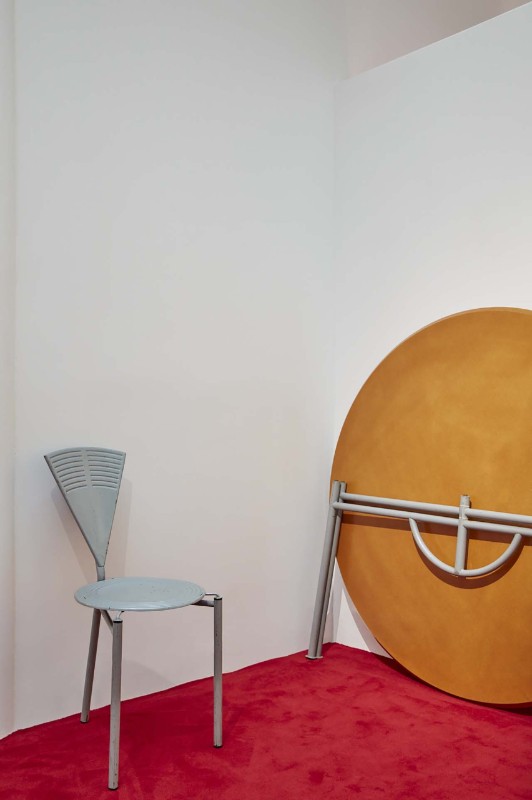Collectors in Paris are turning the spotlight back on Philippe Starck’s 1980s production. We’ve already seen a preview of it in 2020 at the Jousse Entreprise gallery, which has already planned another Starck’s exhibition this March; but if you want a taste right now, the Ketabi-Bourdet gallery is hosting an exhibition of the great French designer, focusing on his 1980s production, in which we can observe some of his most particularly significant debut pieces.
Starck’s furniture gathered for the exhibition – many of which are chairs, but there are also some lamps, containers, and some delightfully unclassifiable objects – sheds light on an obsession that has long inspired him throughout his career: Philip K. Dick’s work.
“Dick was a great visionary of our time,” Starck tells us. The French designer called his agency just like one of the masterpieces of the American author. “Ubik, ubiquity and parallel worlds are like me. I live in different worlds, without ever understanding, always wondering whether I am in real life or in a dream. I was born, somewhat by chance, in what I call the “Einstein’s relativity,” where everything is so relative that nothing exists.
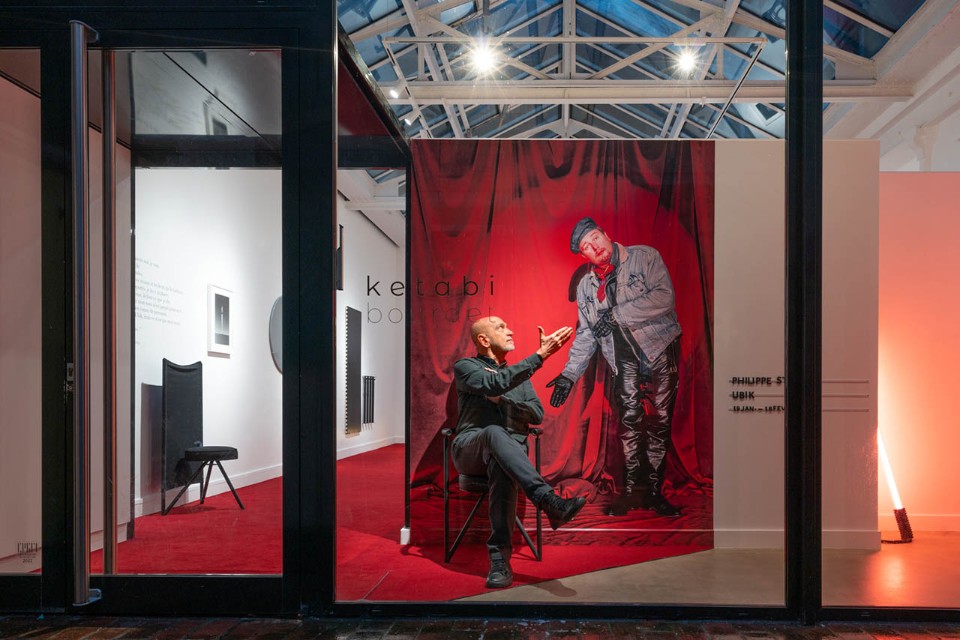
His furniture is directly inspired by Ubik, and the pieces are all named after the characters from the novel; they represent ubiquity by transcending the strict ergonomic principles and through the desire for transformism that relies on being multifunctional – this is true for the illuminated screen Stanton Mick (1979), the floor lamp and coat hanger Roi Egon Groat (1985), and the chair-table Lola Mundo Open (1988) – and that at the same time exalts a distinct, at times totemic, personality – the wardrobe Fred Zafsky (1979), the chair Dr. Sonderbar (1983), the sofa Prince de Fribourg et Treyer (1987).
Standing at the opposite end of the joyful codes employed by Memphis, beacon of the avant-garde design of that decade, the metal and the black leather upholstery Starck used in these pieces invoke a more somber and dystopic image, much closer to the paranormal pseudo-world portrayed in Ubik, with the transgressive, noir touch of the 1980s minority productions (we cannot forget to mention Paolo Pallucco, already part of the Ketabi-Bourdet school).
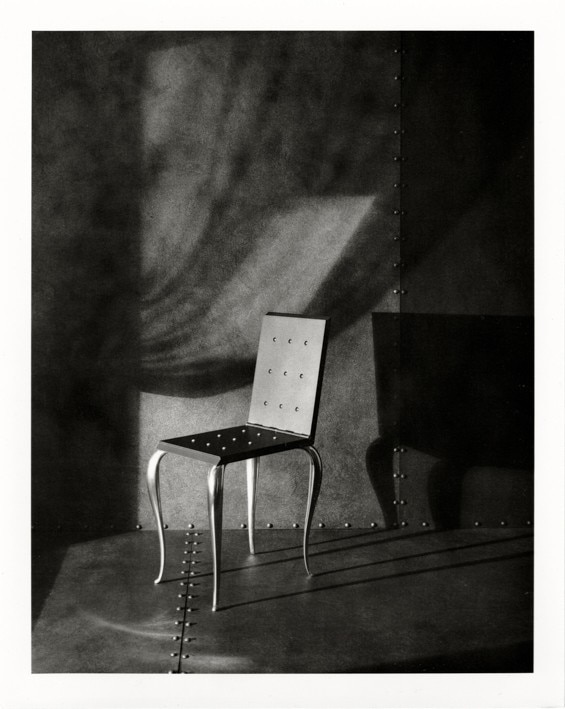
The exhibition is integrated with some pieces by Tom Vack, who was Starck’s personal photographer for over a decade. Vack devoted himself to transposing Starck’s work into images with the intensity that only someone who sees photography as a mean to tell a story, as an opportunity to enrich the objects with new layers of meaning, can give and he does so by going beyond the principles of image composition and giving a particular rendering of the atmosphere. We ask him how he could bring into focus such a personal way of portraying the objects of the French designer.
“The key was my passion for sci-fi movies, which I started watching when I was young and I still love to watch today. They offered a theatrical point of view in which I found the inspiration for portraying Startck’s pieces. I have always considered Starck a visionary that has a foot in the past and one in the future, well-grounded but with his gaze up towards the stars.”
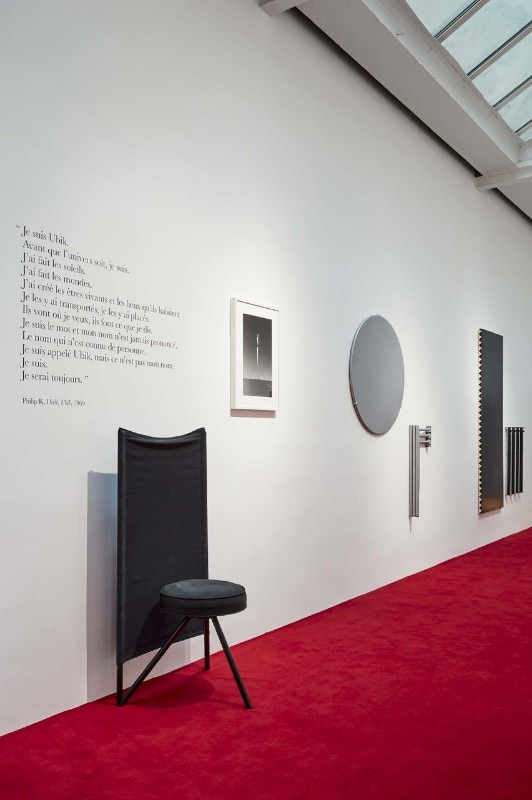
The obsession with investigating the future has never hurt Philippe Starck, who used science-fiction to multiply the number of possible worlds available at the beginning of his career and has always played on anticipation to conceive and permeate his work with innovations. Yet, forty years after his work inspired by Ubik and in the ChatGPT and domotics era, the sci-fi vision of his beginnings seems to give way to another technological fascination, a different kind of thirst for the oracle.
“Culture, commemoration, and sentiments limit our creativity. Despite my efforts to live outside society, as a modern monk isolated in no place, I see that we – humans – all repeat a bit the same thing,” comments Philippe Starck, who admits he is looking for new lines of inquiry elsewhere, and this time they could be less dystopic than expected. “Therefore, the only way to ‘evolve’ is to ask for help from a stronger friend to artificial intelligence. For example, with Kartell, I simply asked a computer: ‘Help me rest my body using the least material and energy possible.” The machine looked for a solution for two and a half years, it hesitated, it made mistakes, and it took some steps back. Eventually, artificial intelligence created the A.I. chair by Kartell. It’s not science-fiction, it’s the natural evolution of our natural intelligence-based humanity.”
